The PMBOK Guide, Sixth Edition, emphasizes tailoring. However, what is required to develop tailored project management methods? What is a Project Management Method?
The SUKAD Way™ for Managing Projects, include CAMMP™, The Customizable and Adaptable Methodology for Managing Projects™. Notice the words customizable and adaptable, which is part of tailoring. Then, once again, what would be required to develop tailored project management methods?
In SUKAD, we recommend a three-step process, which we will present here. However, before we discuss these steps, we must clarify the differences between a method and a methodology, in addition to defining what is a PM Method and what would be its components?
Method versus Methodology
We realize that these terms, method, and methodology, are often used interchangeably, but is that correct? If it is a matter of convenience, so be it. However, there are differences which we explain in this video.
What is a Project Management Method?
OK, so a methodology is a set of methods, the study of methods, or is about a methodological approach for managing projects. From the methodological approach, organizations can develop methods. However, what is a project management method? What are the components of a PM Method? Another video elaborates on this point.
The steps to develop tailored project management methods
We follow a three-step process to help organizations tailor various project management methods to fit their organizational context and type of project.
Step 1: Customize to industry and organization
The foundation for a project management method is a defined project life cycle. Project life cycles vary from one situation to another. However, typically, and in a given domain or industry, the project life cycles will have many things in common. Therefore, the first step in tailoring is to adopt a project life cycle and customize to fit the organization context, culture, governance and other particulars. More via the video which you can view by clicking on the image.
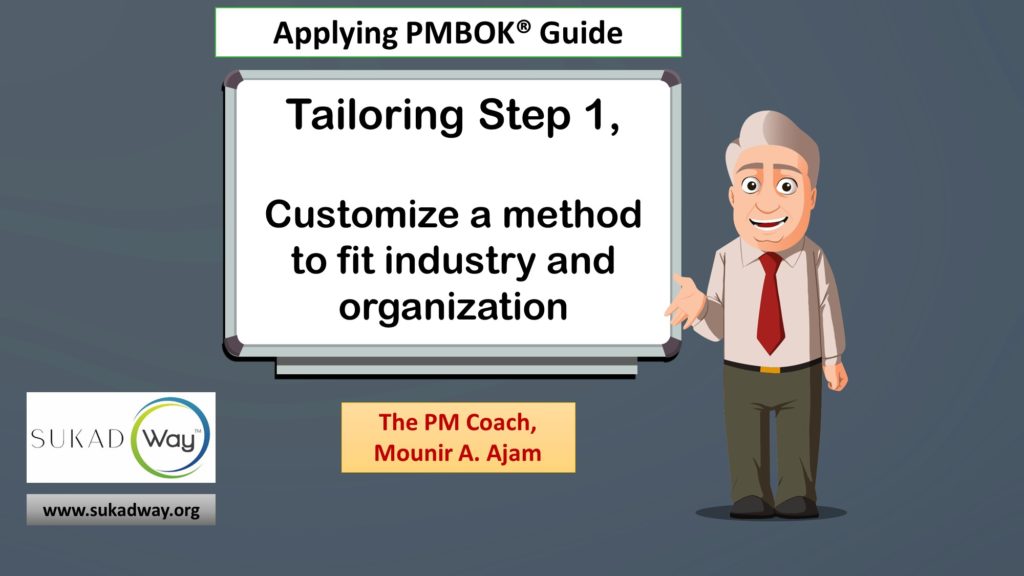
Step 2: Adapt to an organizational function
Once we have a customized model for an organization, and if the organization want to have fit-for-purpose methods for their various functions, then the organization need to adapt the methods further for each function.
Again, more via the video.
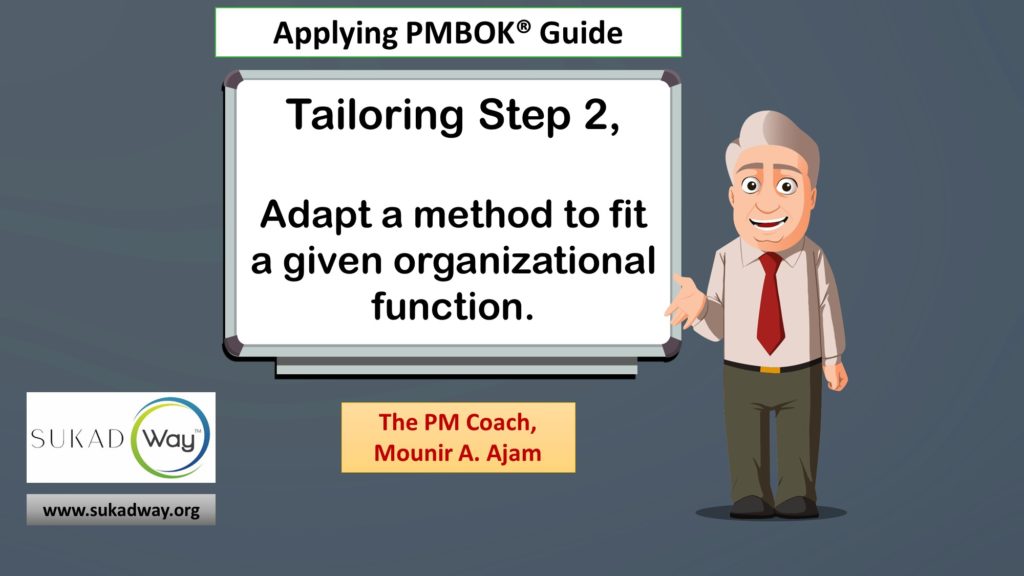
Step 3: Classify projects for the last step in tailoring
The first two steps could be enough if the organization’s projects are similar in term of size and complexity. However, if they vary, we need one more step, which is to classify or categorize the projects. One approach for this classifications is to use size and complexity as the two main categories to help us decide.
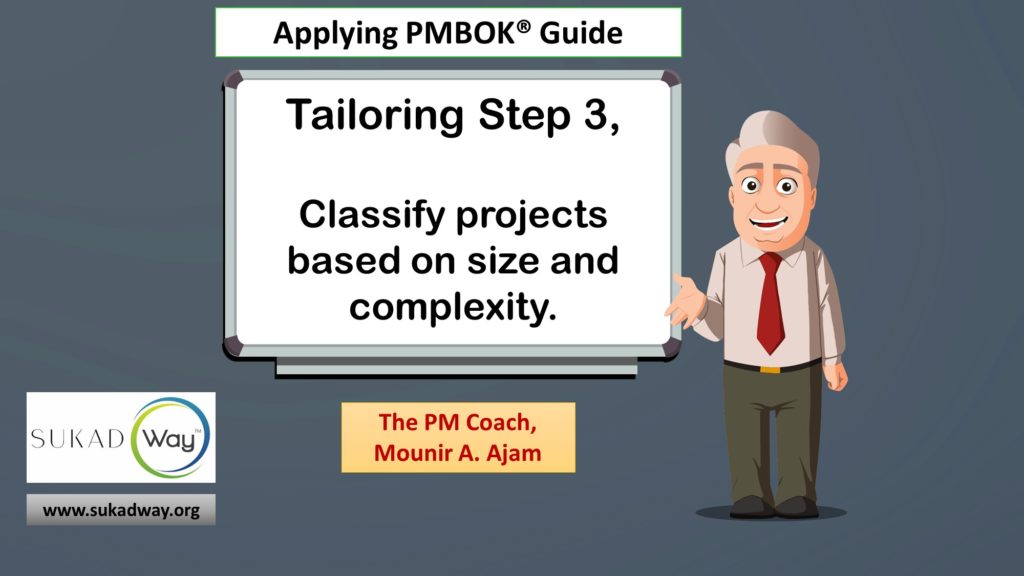
Closing Comments
If you want to know more about this topic and our approach in helping professionals learn how to apply the PMBOK Guide in the real world, check out this Sneak Peek of an outstanding online course. The Sneak Peek include this topic, the videos, and many graphical representations. This sneak peek is available for free and includes three learning missions (lessons).
The full online course has more than 40 lessons and covers the SUKAD Way for understanding how to apply the PMBOK Guide in the real world. For other courses on the PM Quest, check out https://pmquest.sukad.com.
Finally, if you like to learn more about a methodological approach to managing projects, consider this online course Learning an adaptive methodology for managing projects.
Enjoy,
The PM Coach

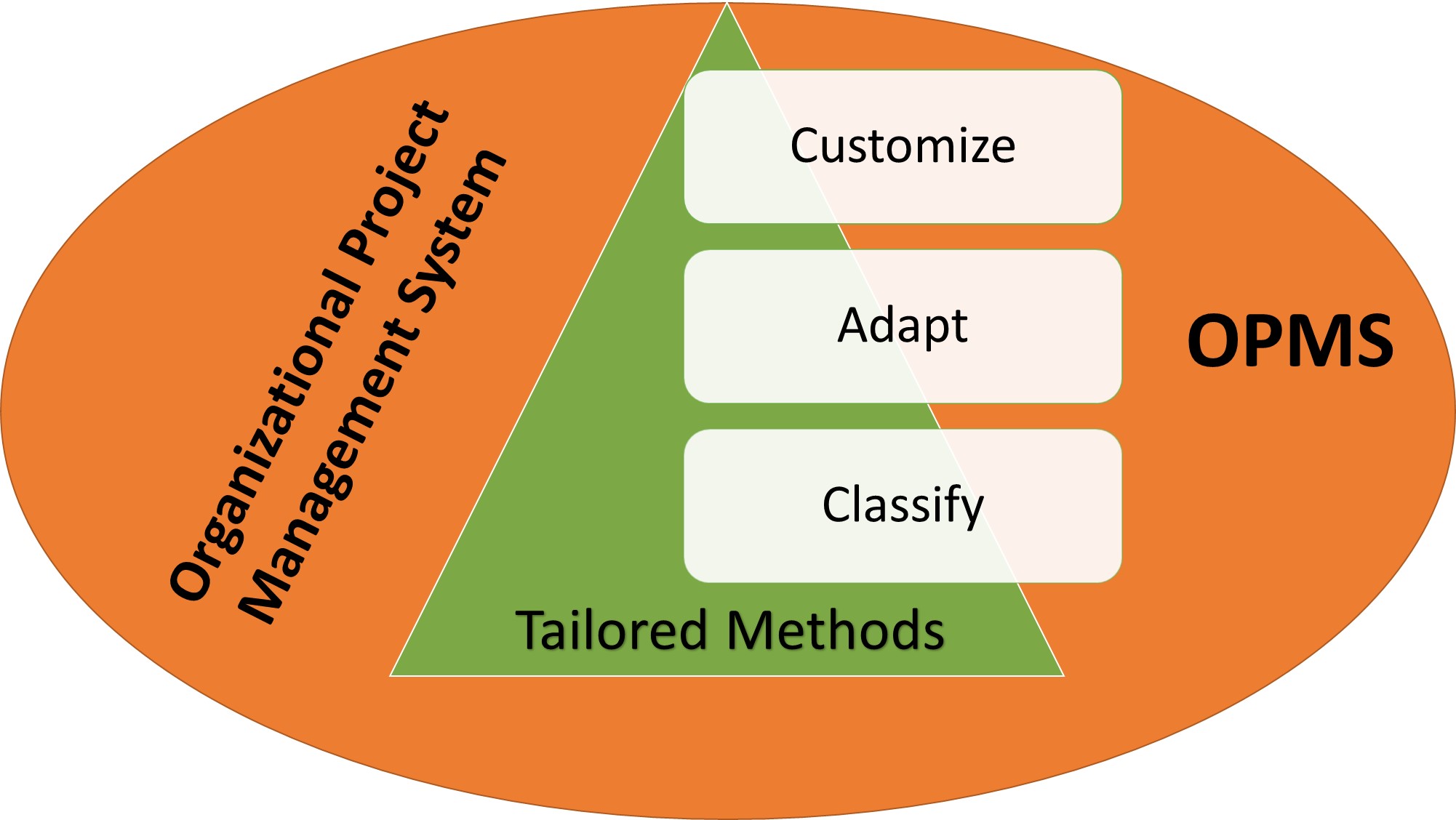
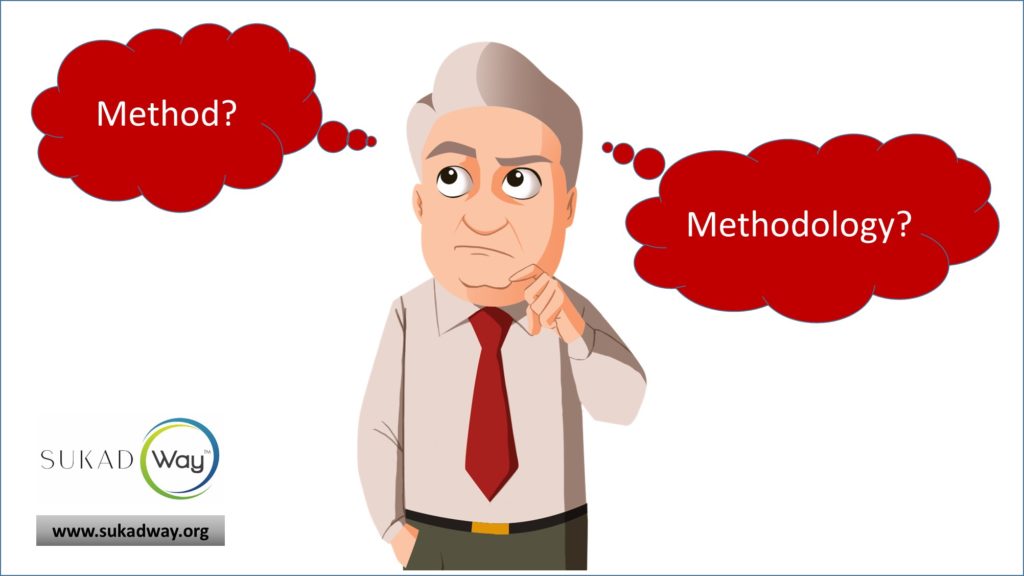
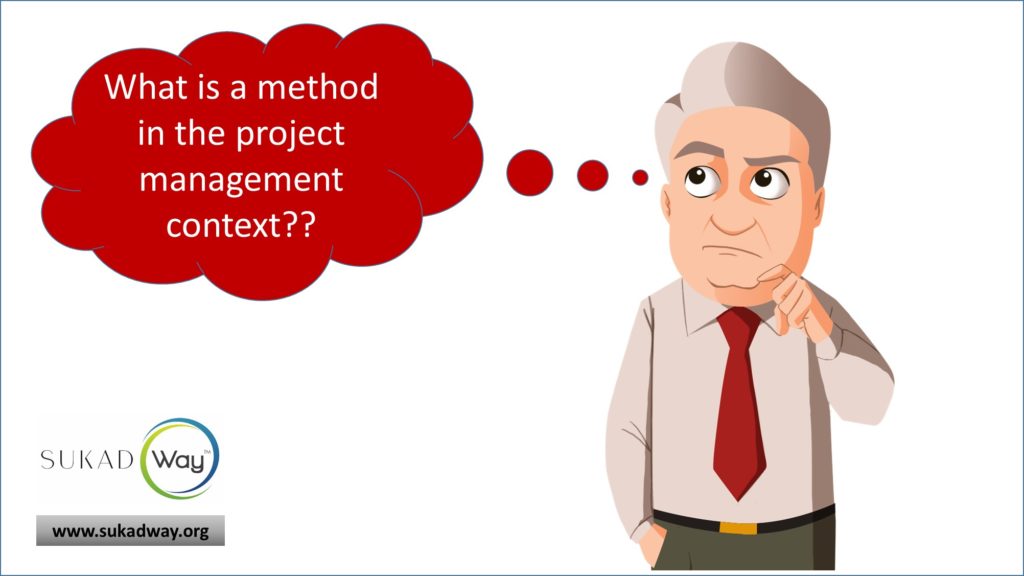
Trackbacks/Pingbacks